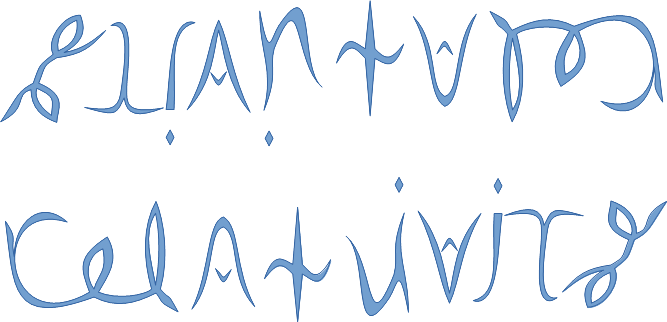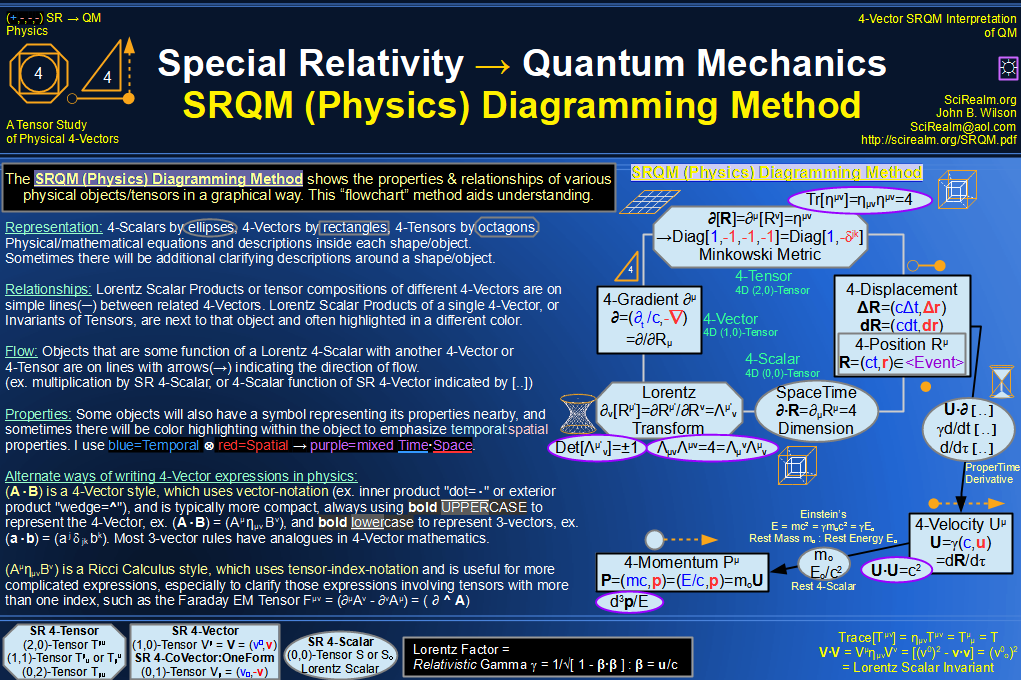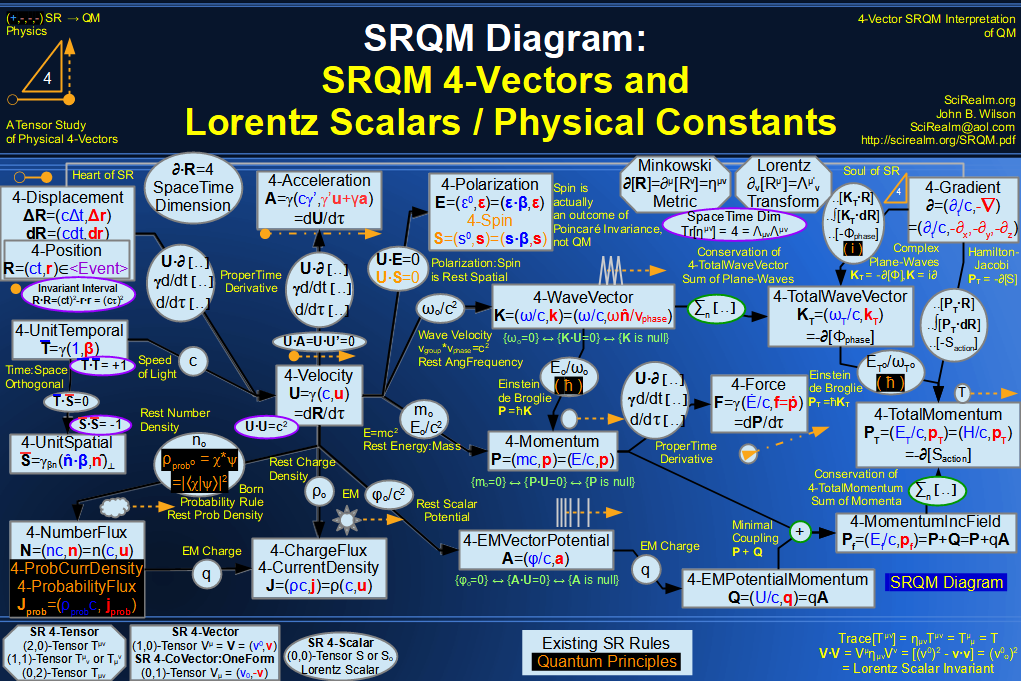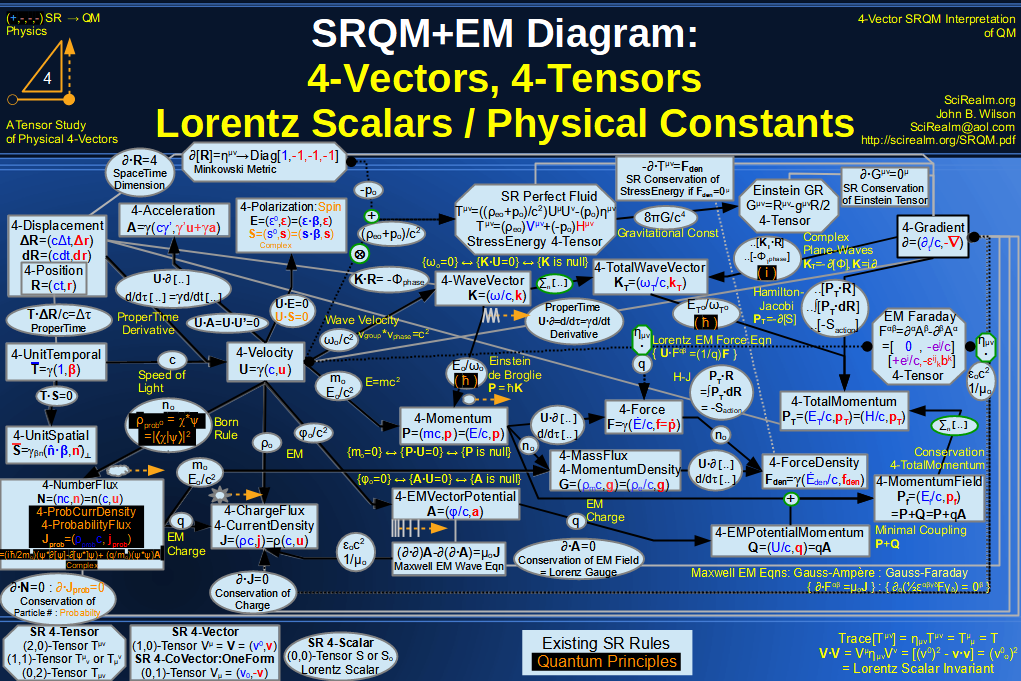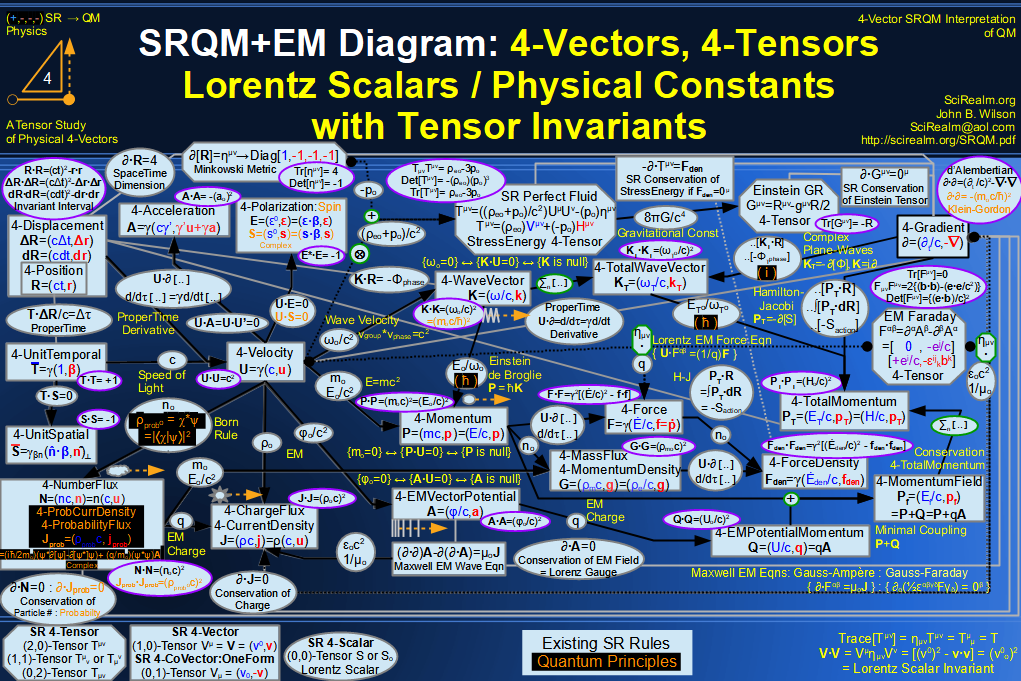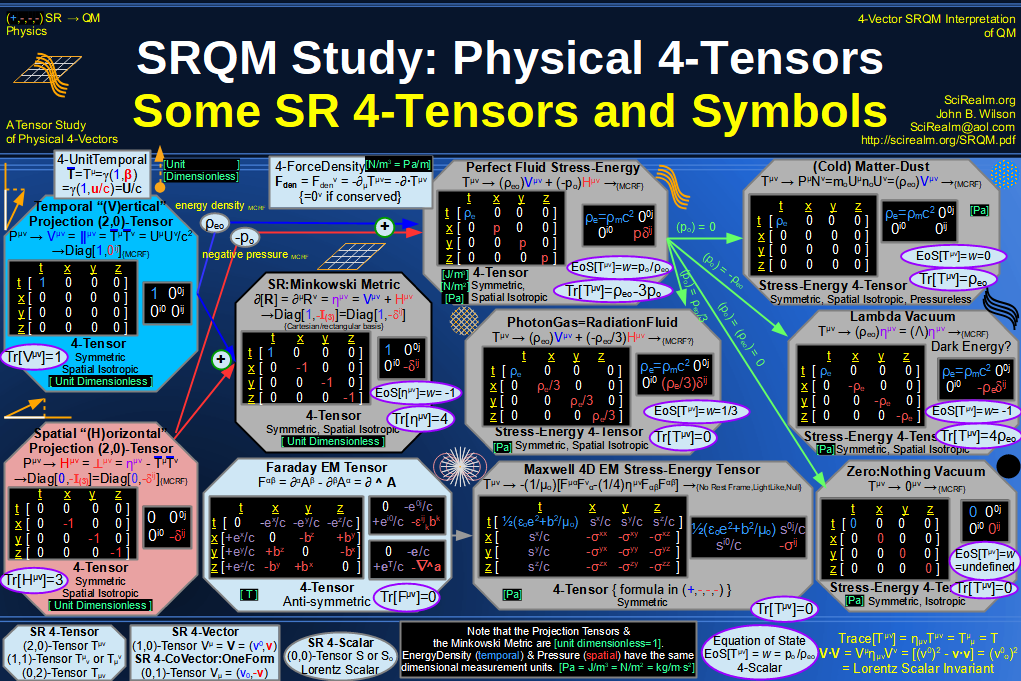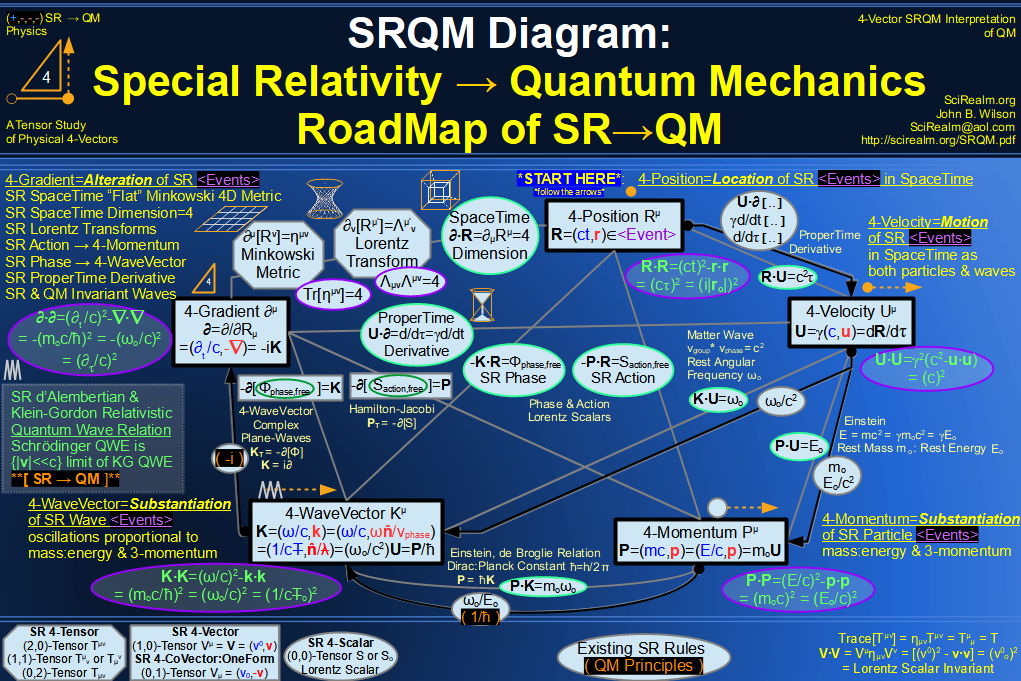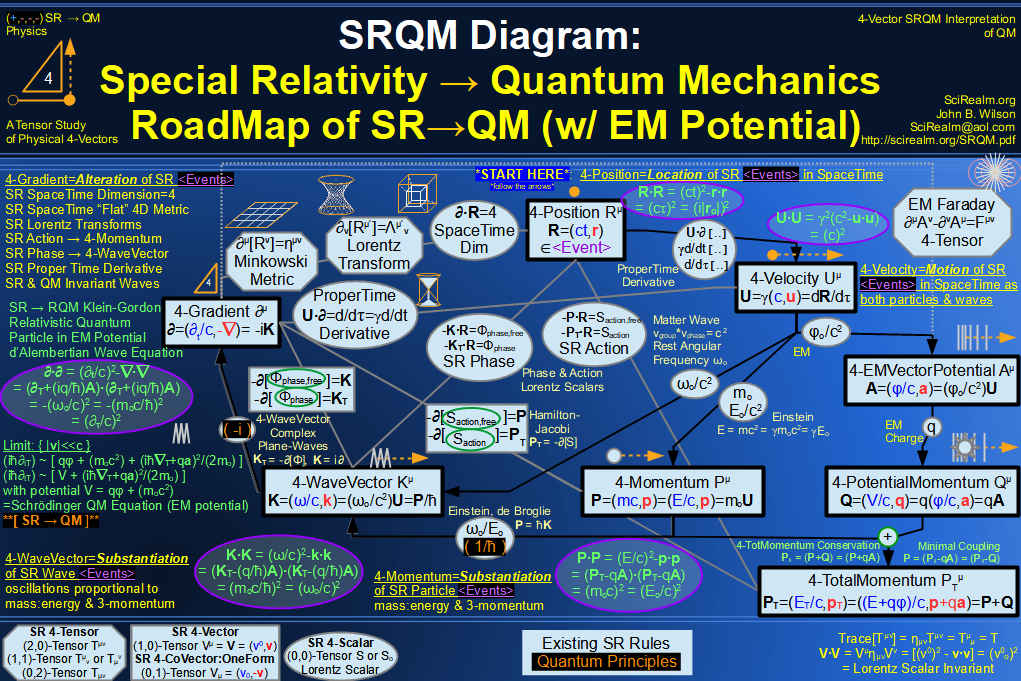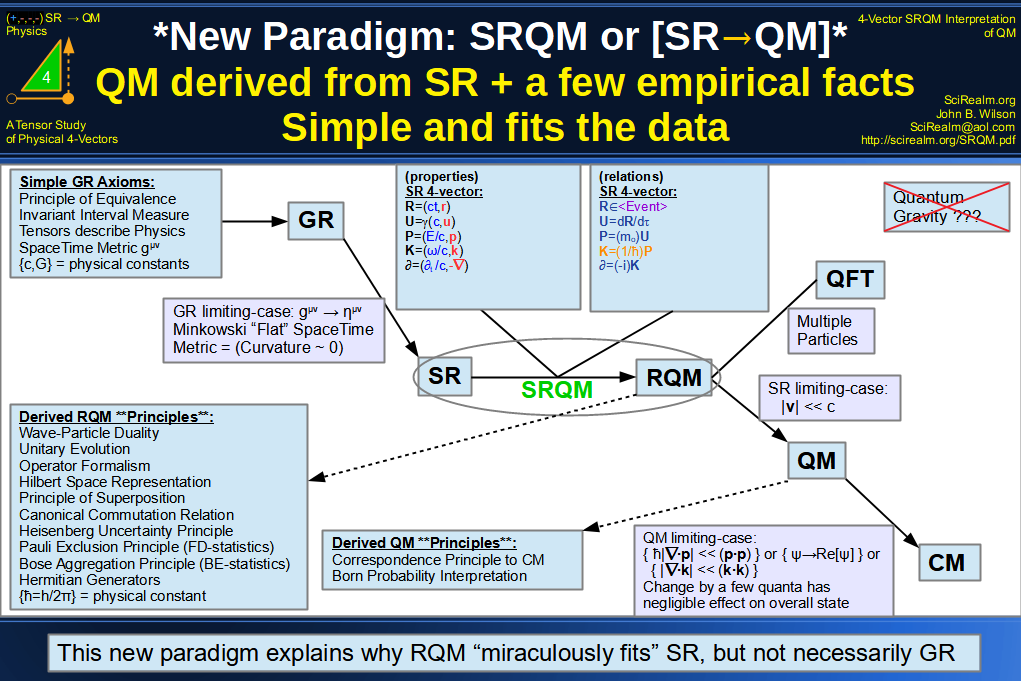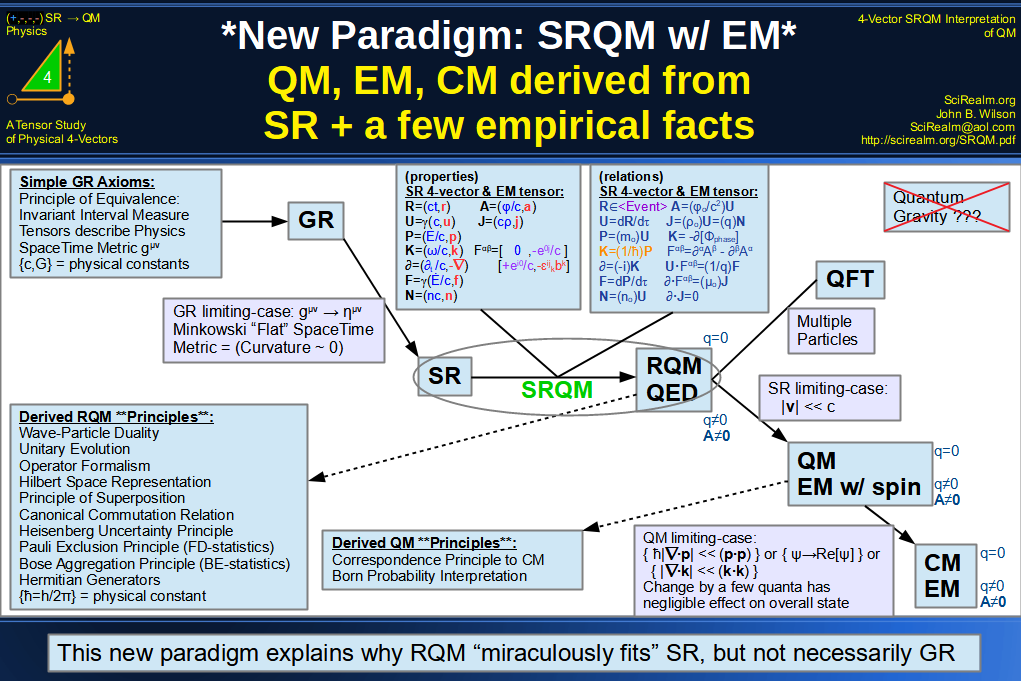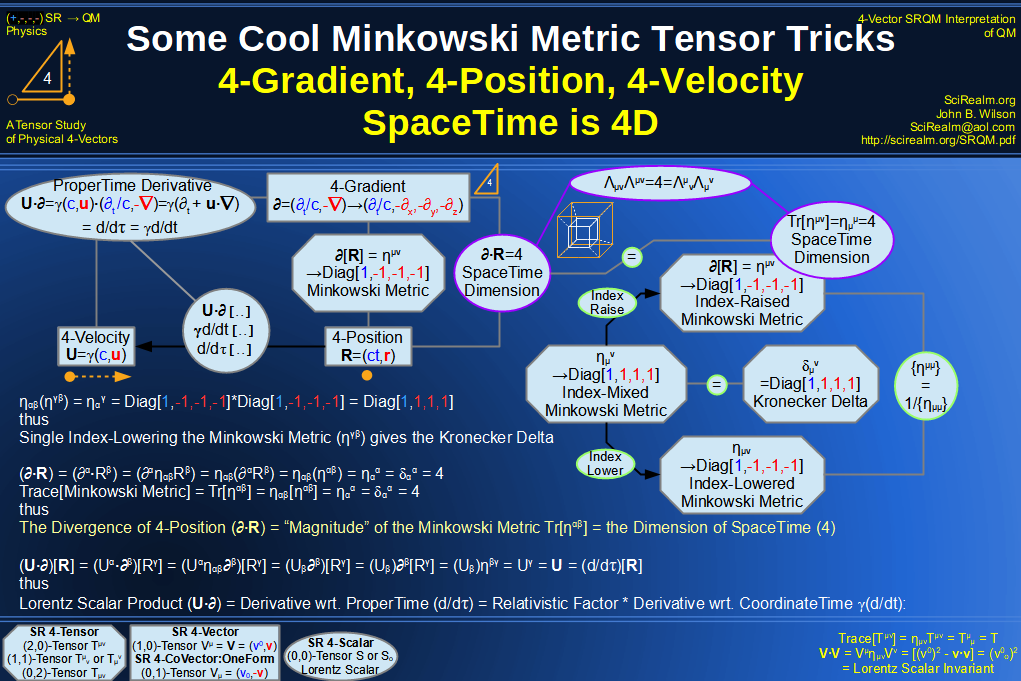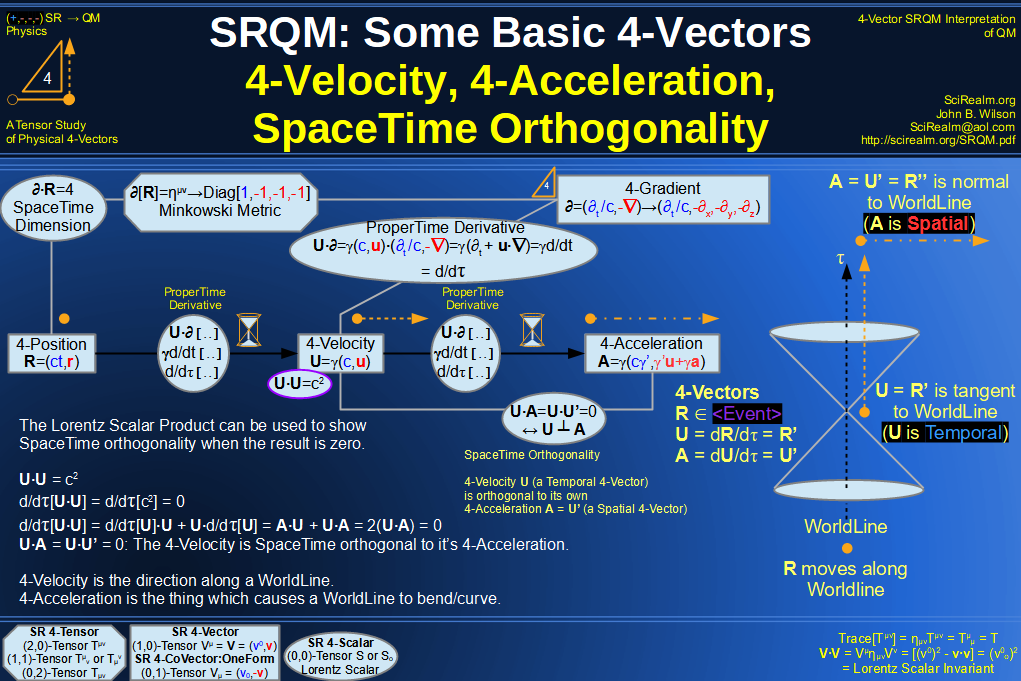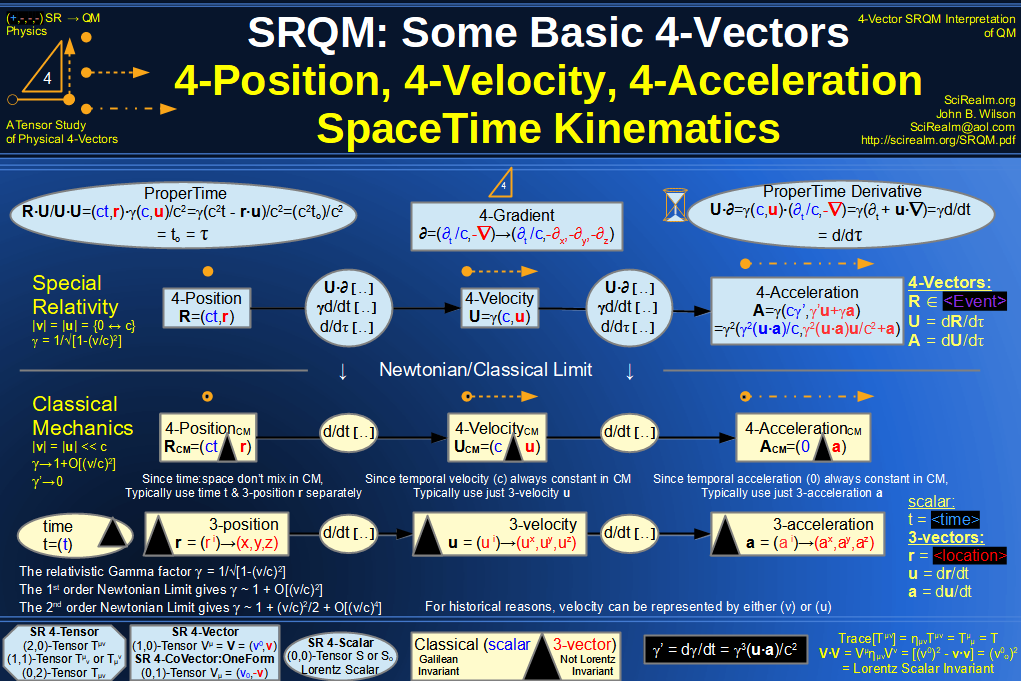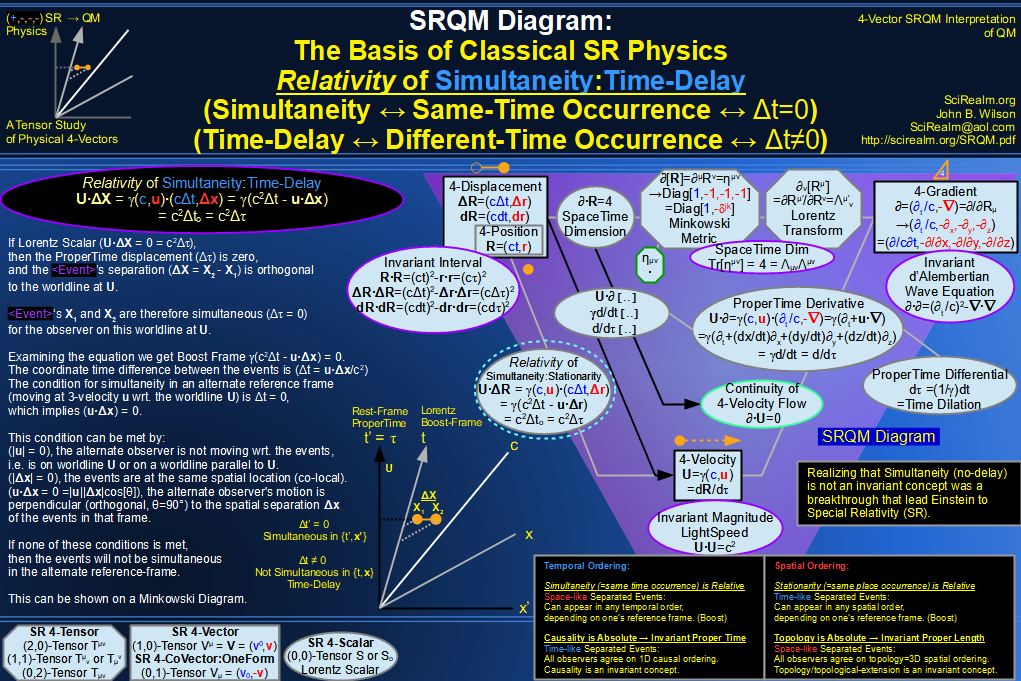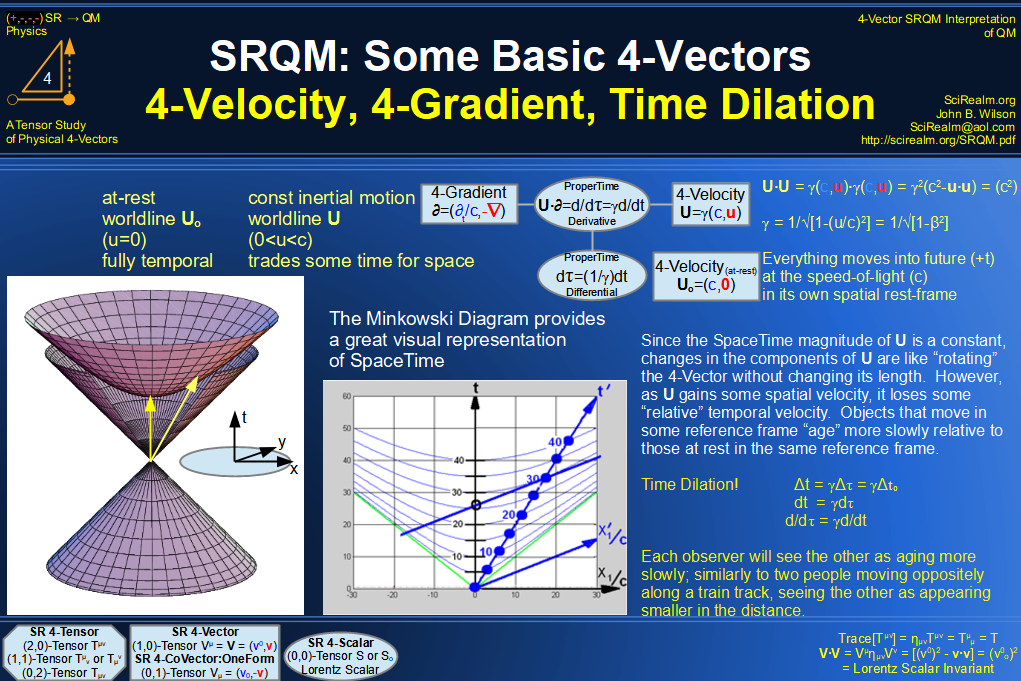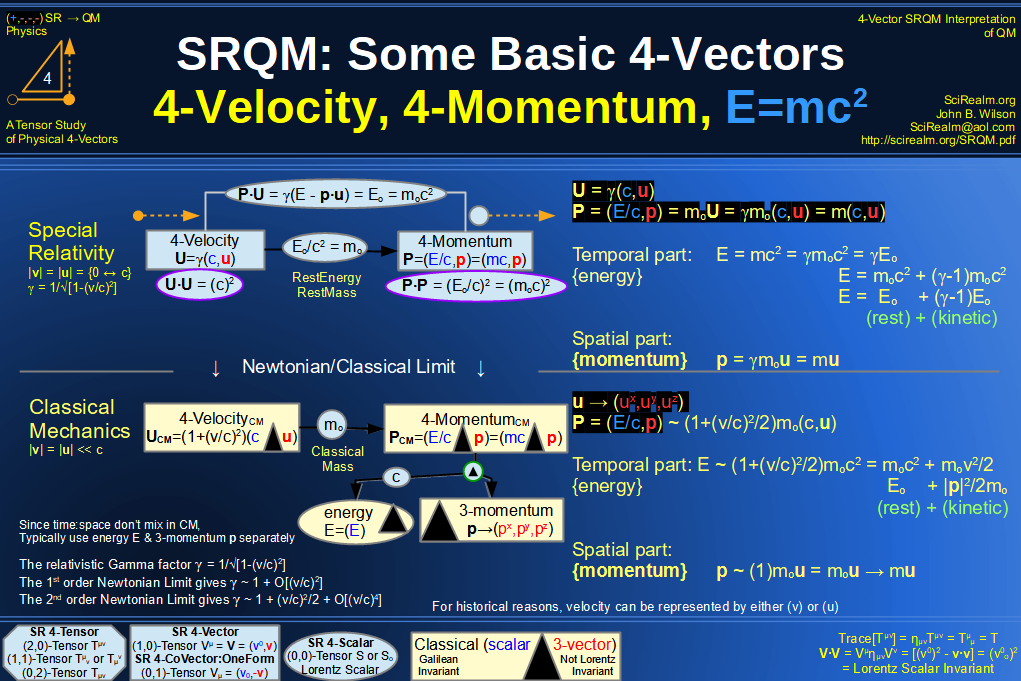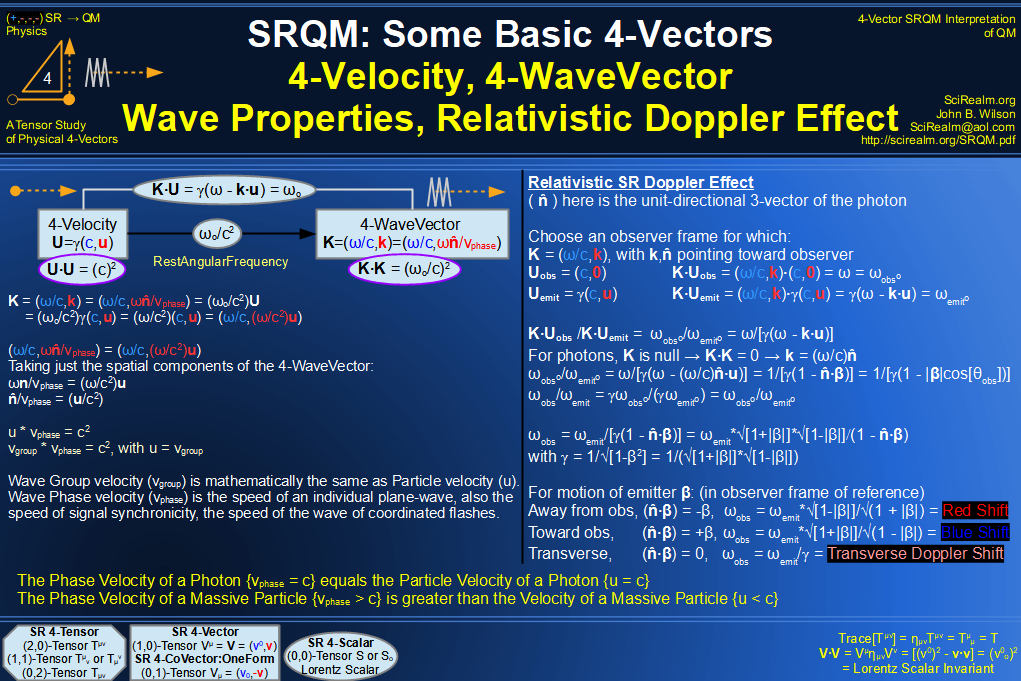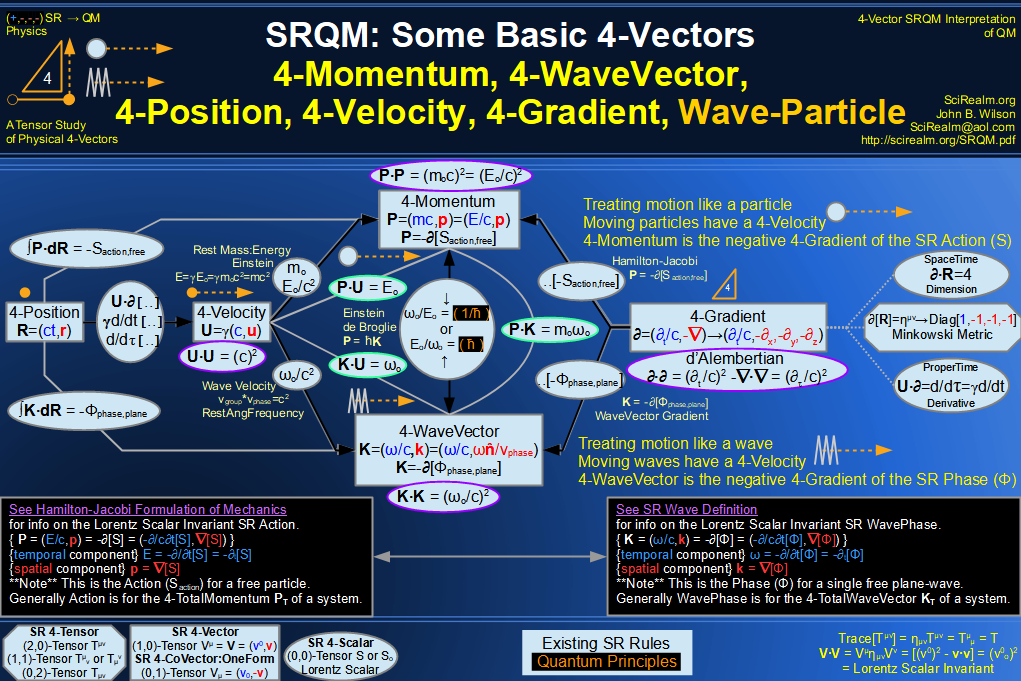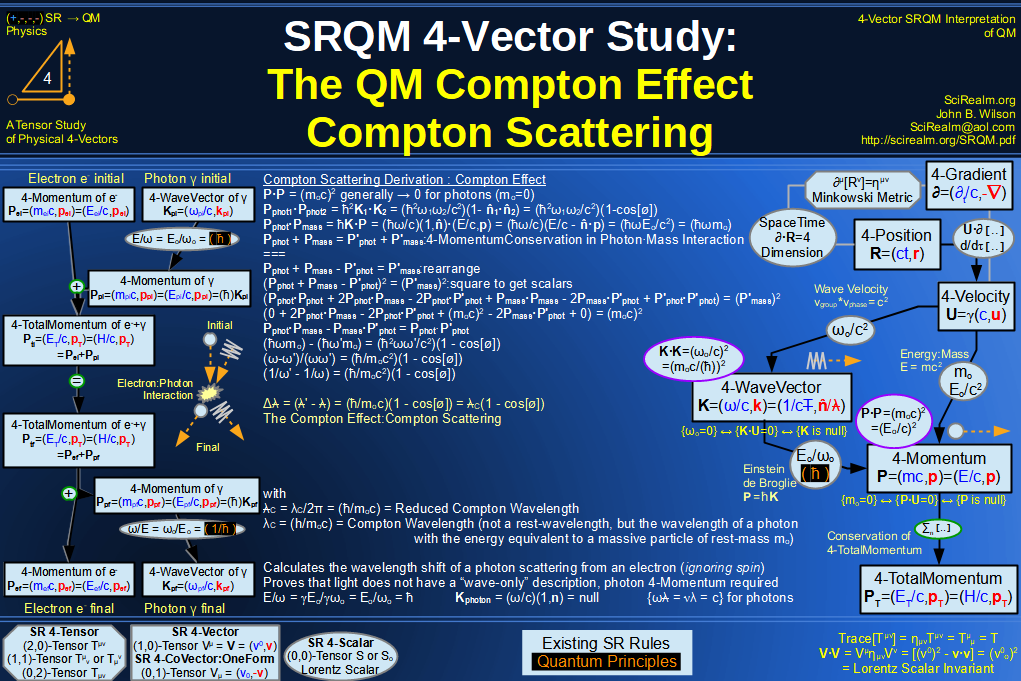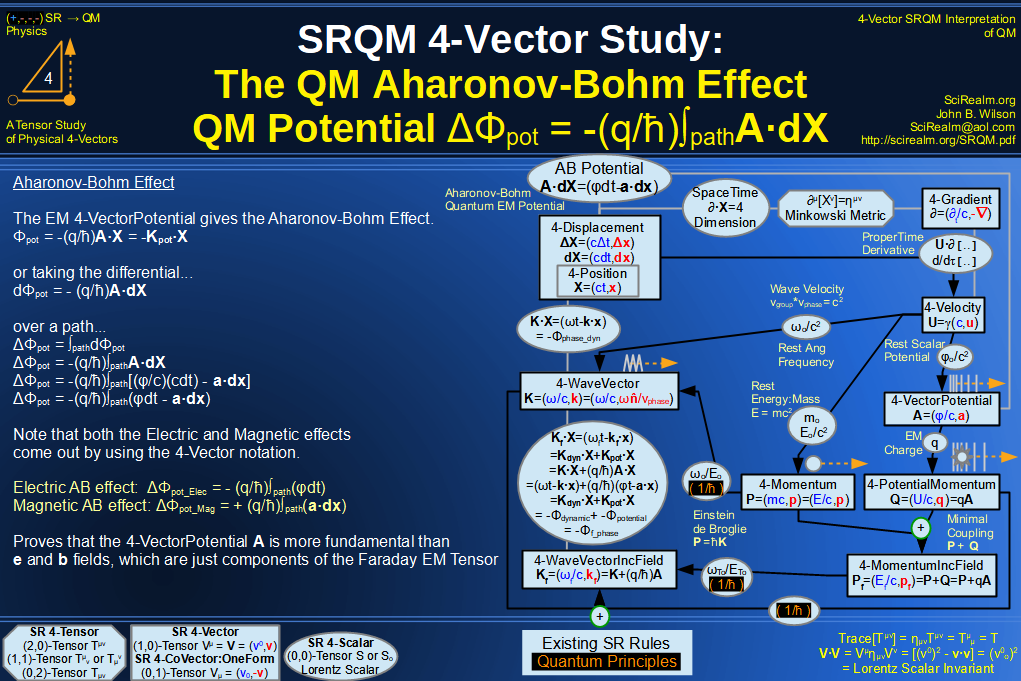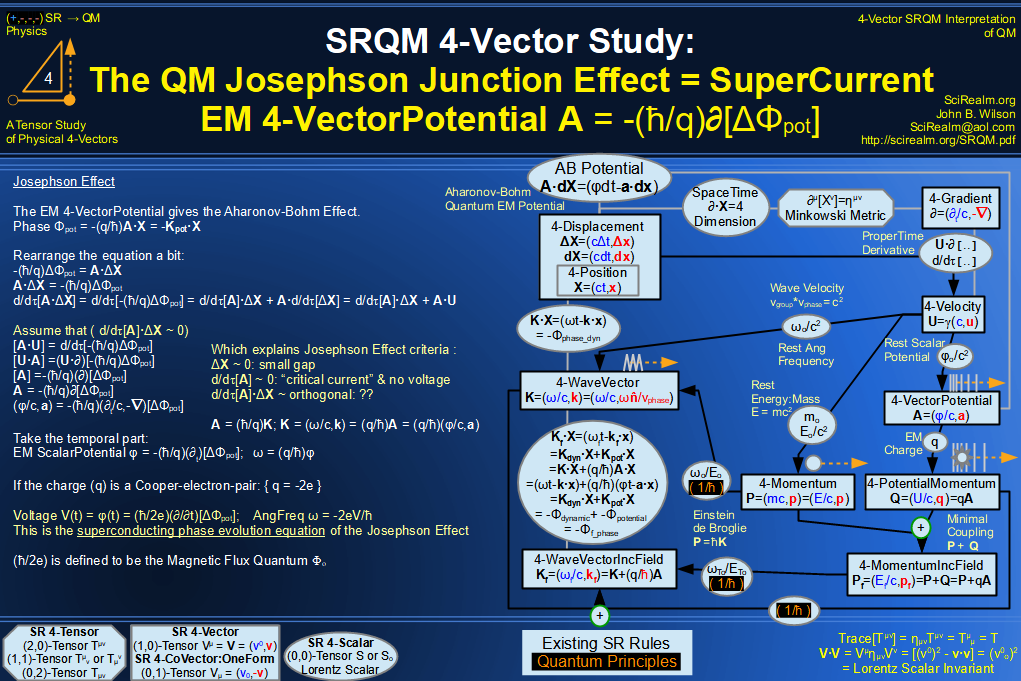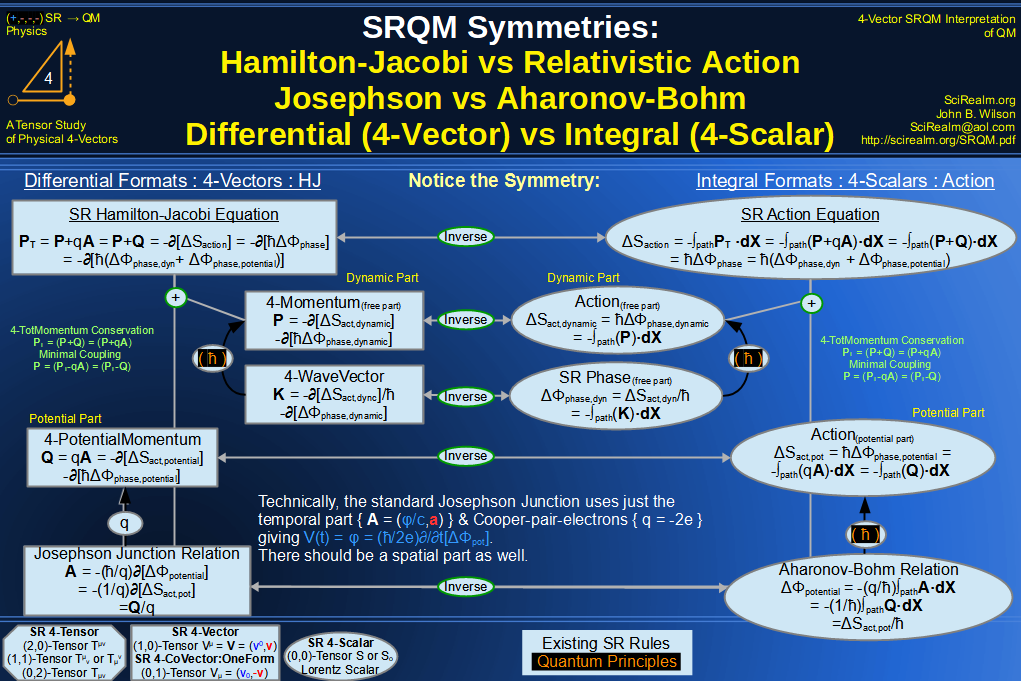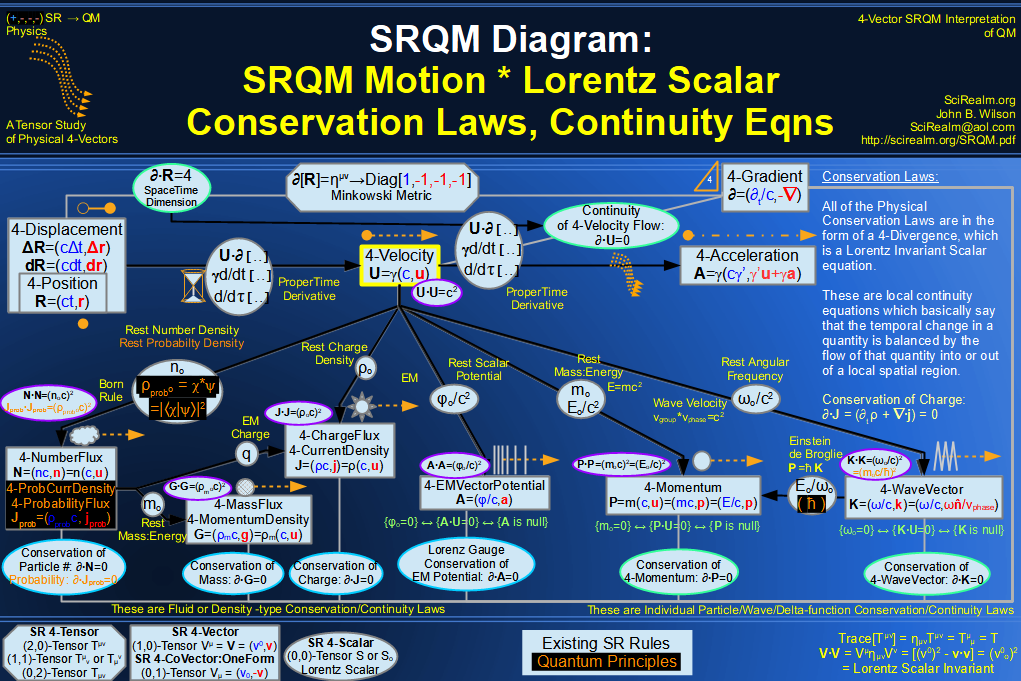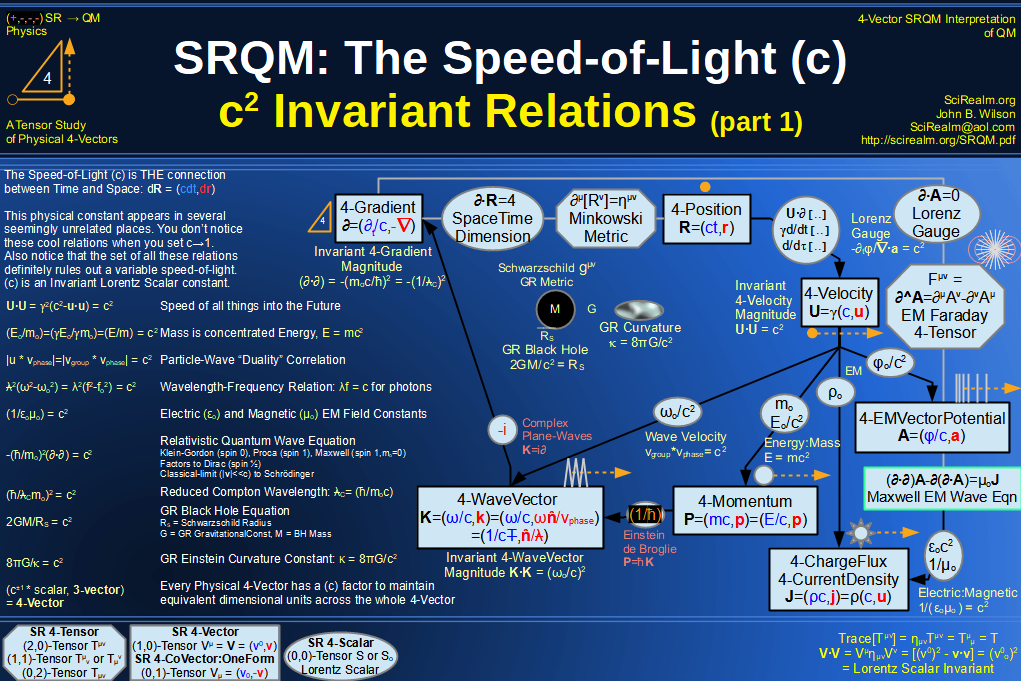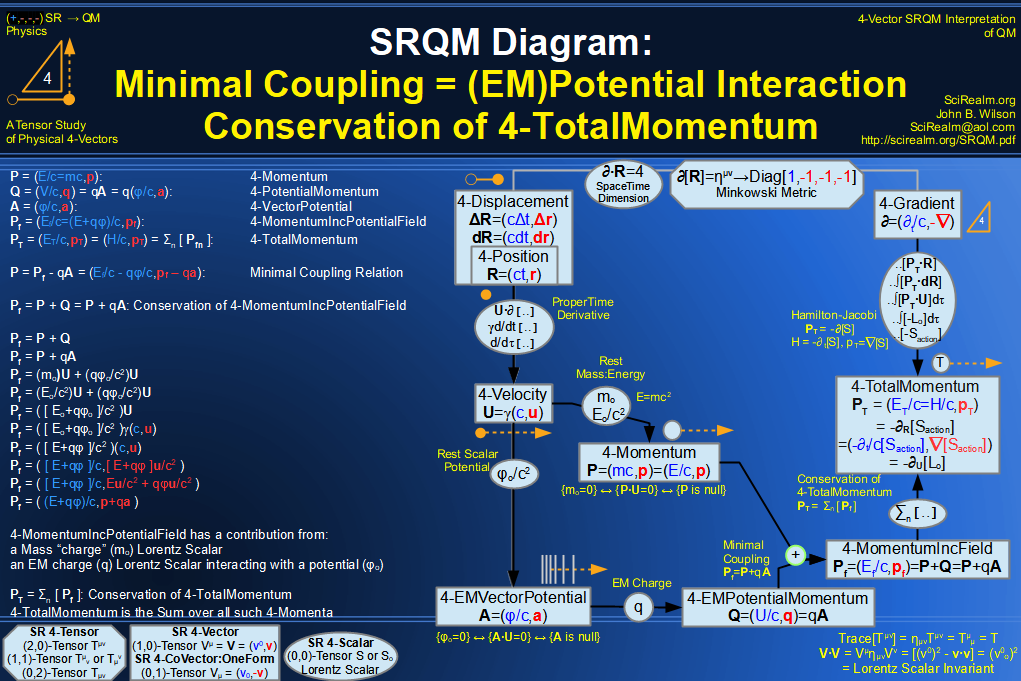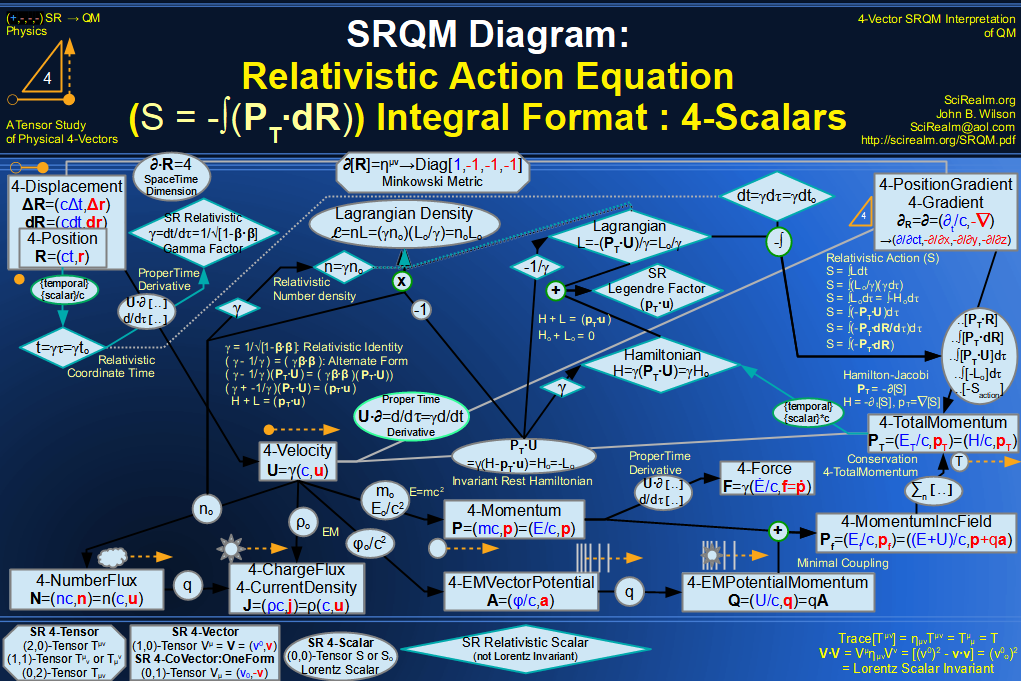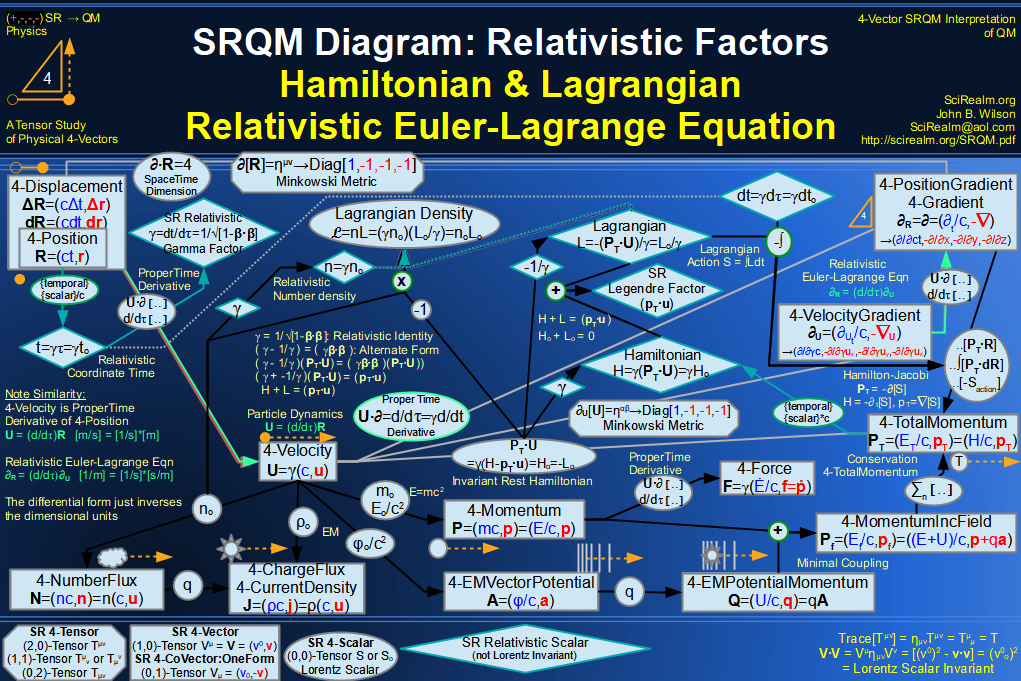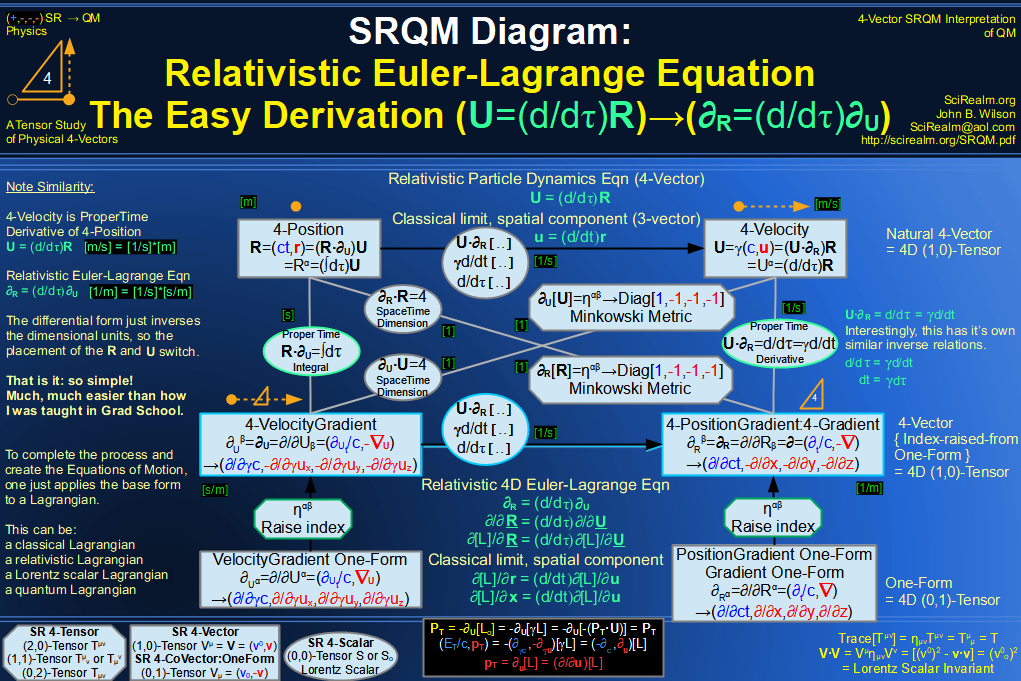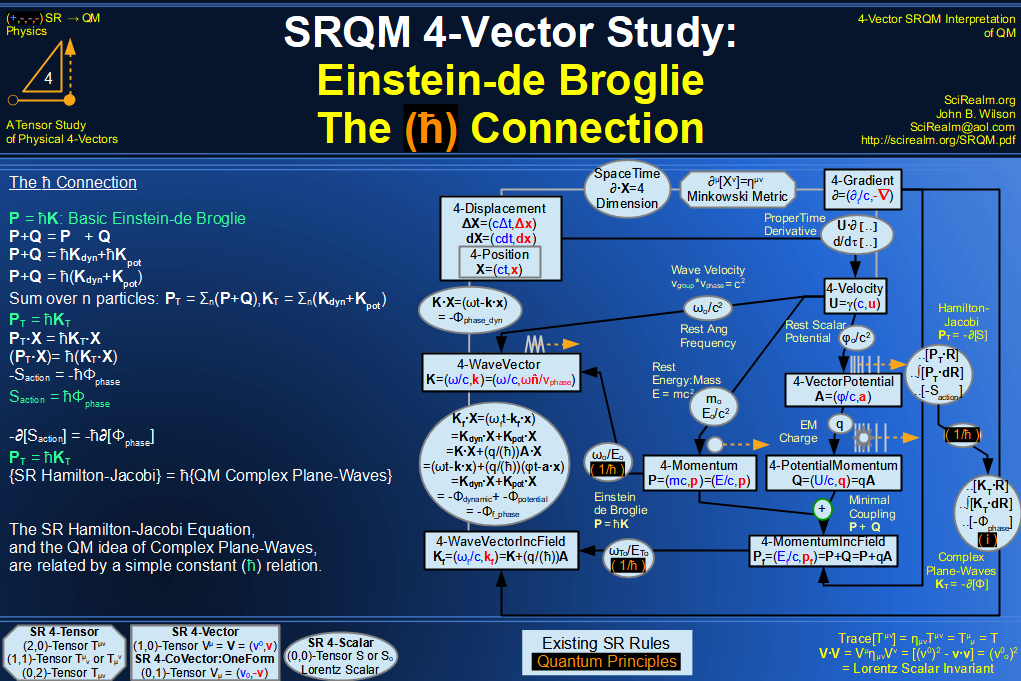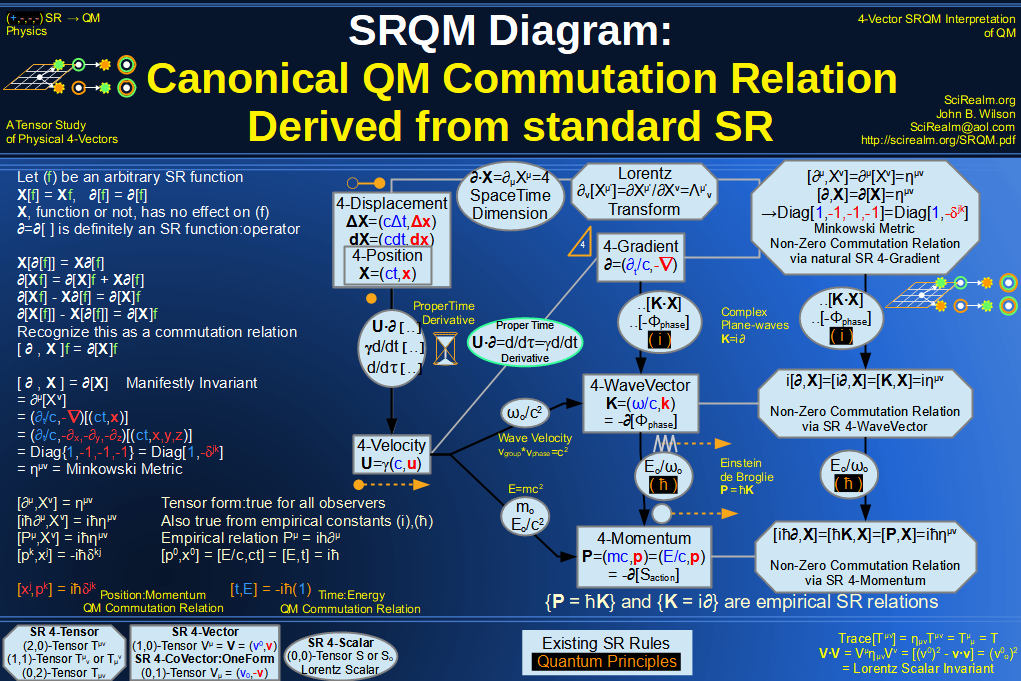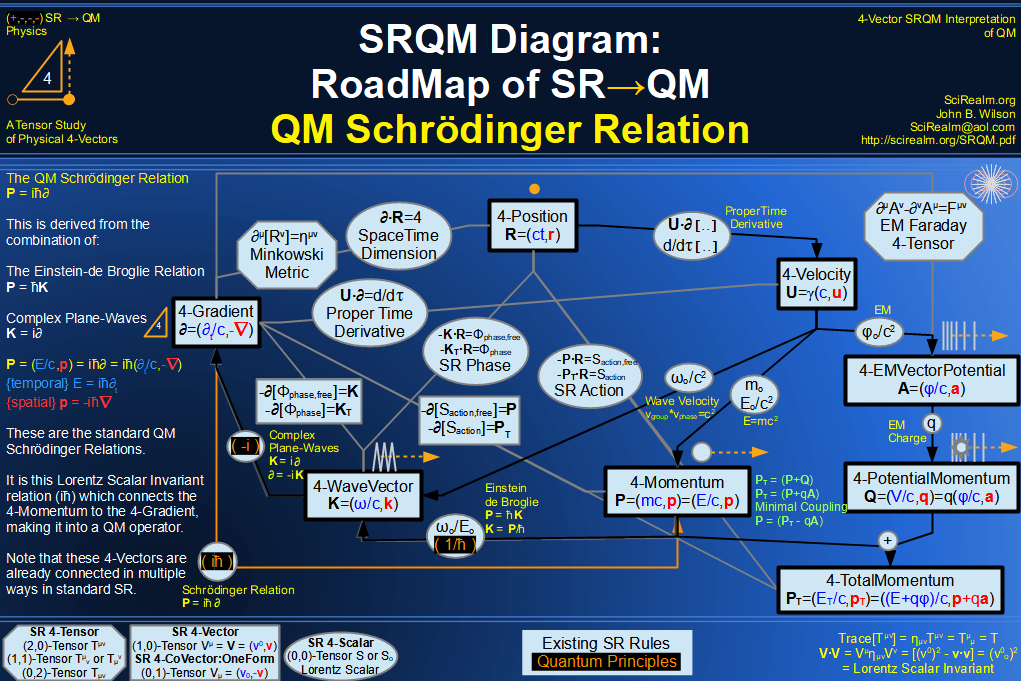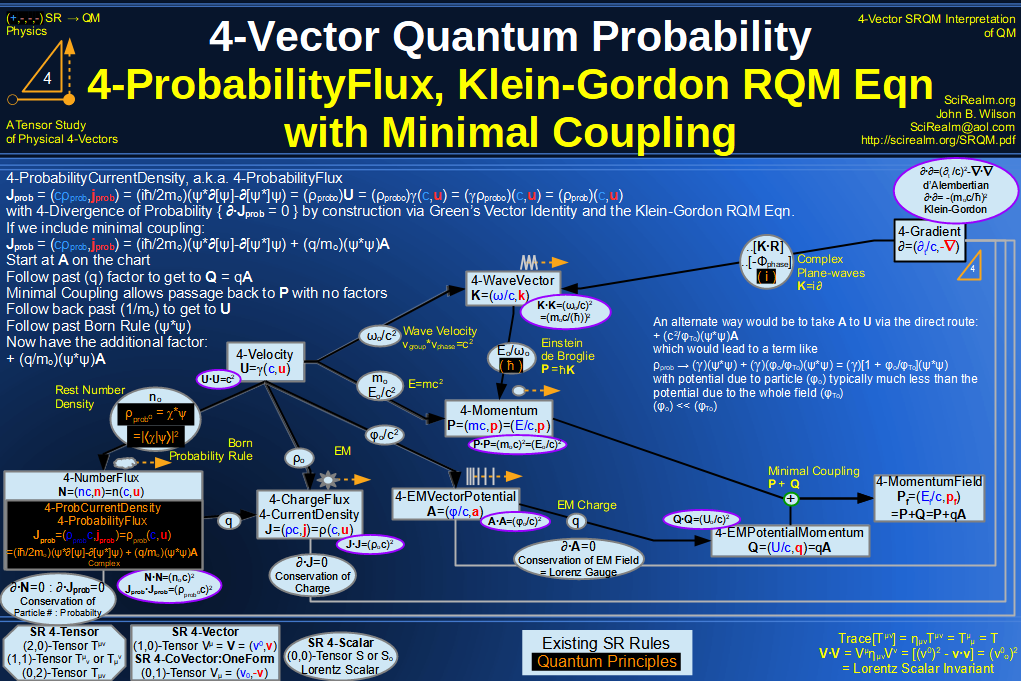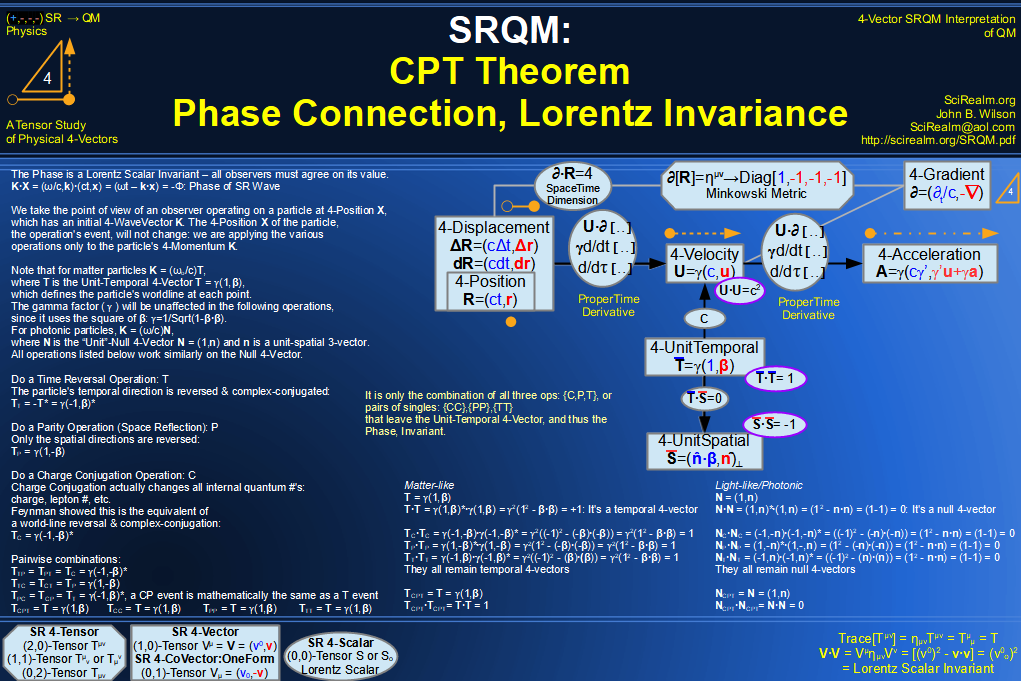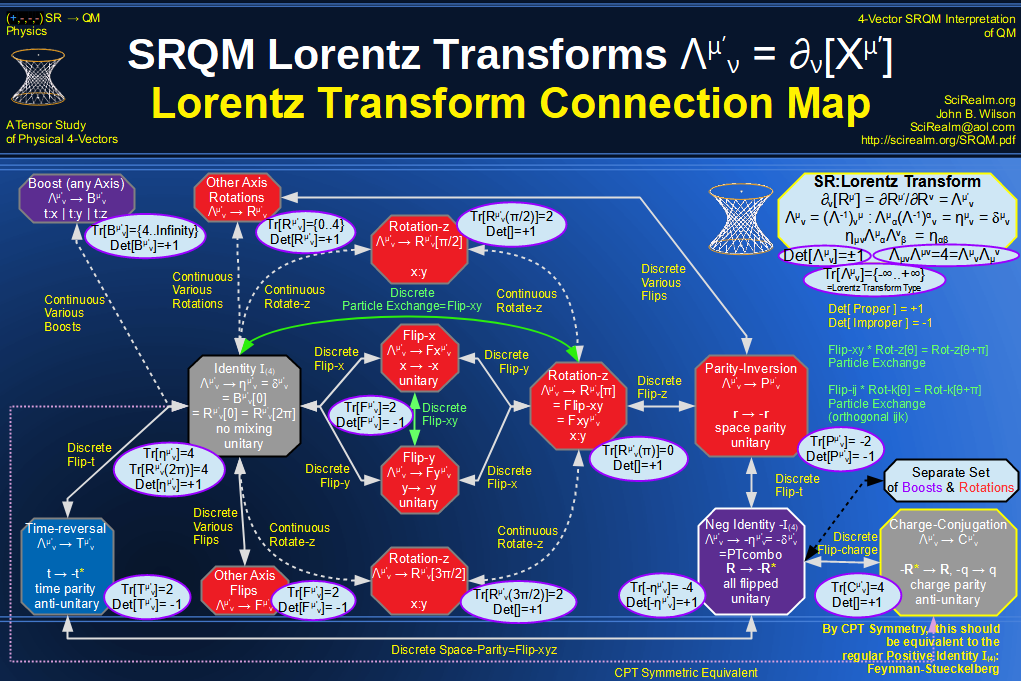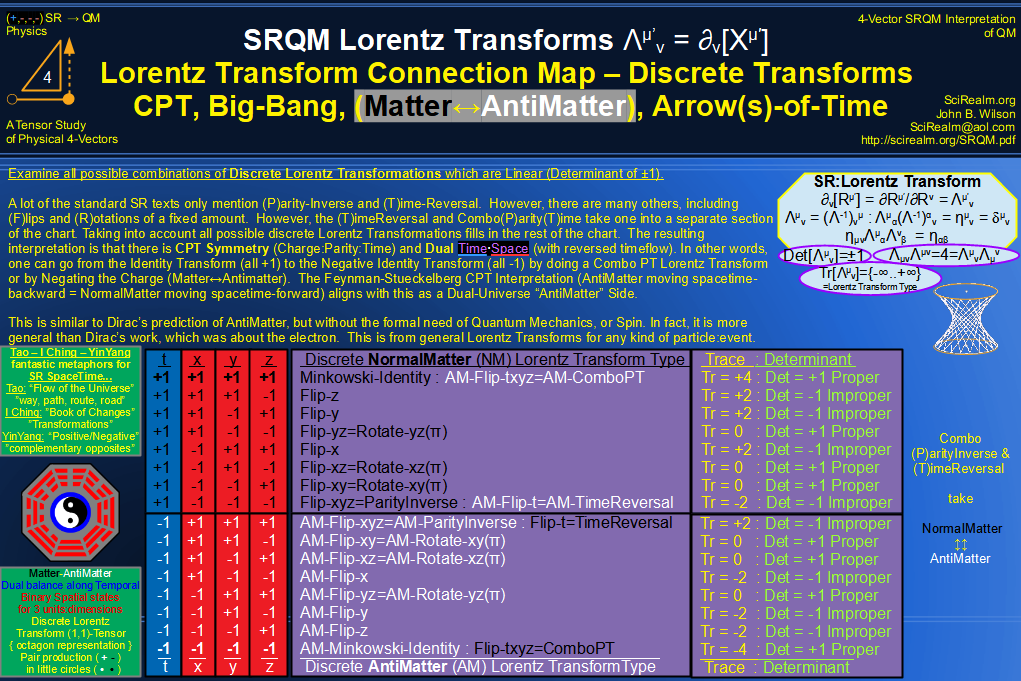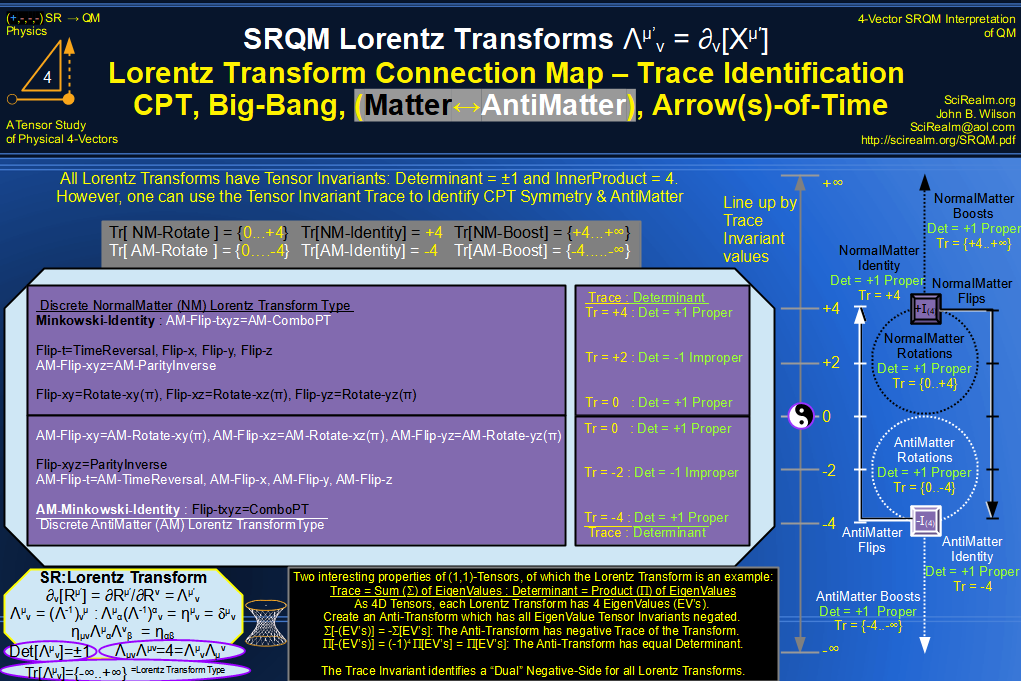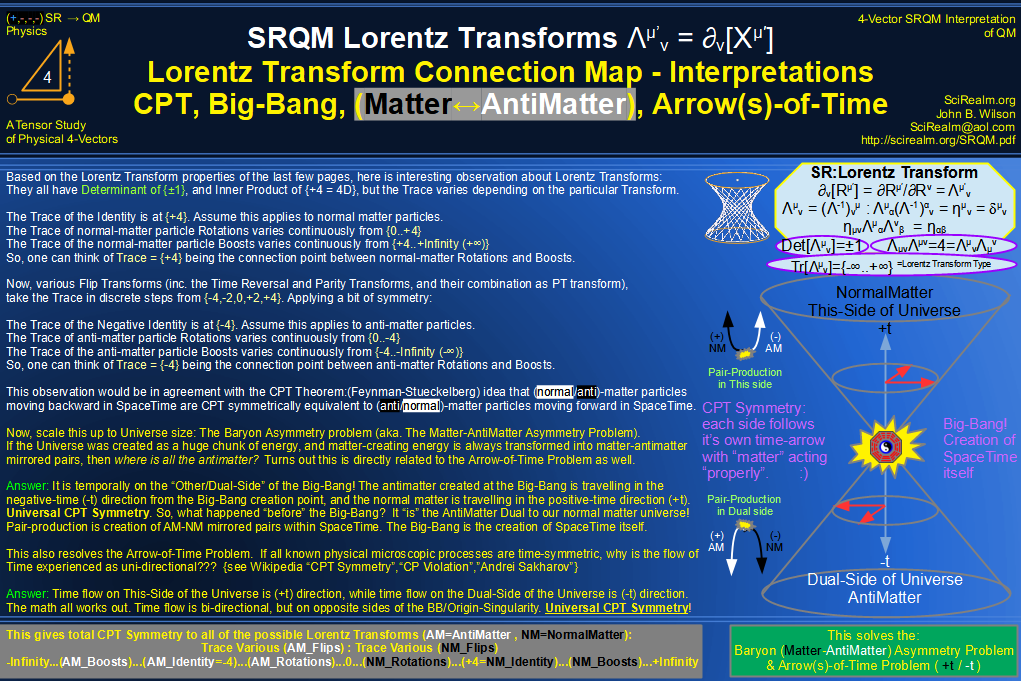|
#
|
Mathematical Form
|
c7 values (0..6)
|
Old/New/Extended
Primes
|
|
1
|
7 < [210n7+30c7+0±1]
< 112 = 121 (143)
|
Complement[3,4] of (0..6)
c7=0,1,2,5,6
|
(-1,1),(209?,211?),...
(29+31),(239?,241?),...
(59+61),(269?,271?),...
x,
x,
(149?,151?),...
(179?,181?),...
|
|
2
|
7 < [210n7+30c7+12±1]
< 112 = 121 (143)
|
Complement[4,5] of (0..6)
c7=0,1,2,3,6
|
(11+13),(221?,223?),...
(41+43),(251?,253?),...
(71+73),(281?,283?),...
(101+103),(311?,313?),...
x,
x,
(191?+193?),...
|
|
3
|
7 < [210n7+30c7+18±1]
< 112 = 121 (143)
|
Complement[1,2] of (0..6)
c7=0,3,4,5,6
|
(17+19),(227?,229?),...
x,
x,
(107+109),(217?,219?)
(137+139),(247?,249?)
(167?,169?),...
(197?,199?),...
|
Next confirmed prime is 11...
We need [210n7+30c7+k±1] mod 11 <> 0 for
k=0,12,18 and c7=various
Try (n7=11n11+c11)
[2310n11+210c11+30c7+k±1] mod 11
<>0
|
#
|
Mathematical Form
|
c11 values (0..10)
|
Old/New/Extended
Primes
|
|
1
|
11 < [2310n11+210c11+0±1]
< 132 = 169 (221)
|
c11=Complement[1,10] of (0..10)
|
(-1,1),x,...
|
|
2
|
11 < [2310n11+210c11+12±1]
< 132 = 169 (221)
|
c11=Complement[0,9] of (0..10)
|
x,(221,223)...
|
|
3
|
11 < [2310n11+210c11+18±1]
< 132 = 169 (221)
|
c11=Complement[3,5] of (0..10)
|
(17+19),...
|
|
4
|
11 < [2310n11+210c11+30±1]
< 132 = 169 (221)
|
c11=Complement[2,4] of (0..10)
|
(29+31),...
|
|
5
|
11 < [2310n11+210c11+42±1]
< 132 = 169 (221)
|
c11=Complement[1,3] of (0..10)
|
(41+43),x,...
|
|
6
|
11 < [2310n11+210c11+60±1]
< 132 = 169 (221)
|
c11=Complement[5,7] of (0..10)
|
(59+61),...
|
|
7
|
11 < [2310n11+210c11+72±1]
< 132 = 169 (221)
|
c11=Complement[4,6] of (0..10)
|
(71+73),...
|
|
8
|
11 < [2310n11+210c11+102±1]
< 132 = 169 (221)
|
c11=Complement[7,9] of (0..10)
|
(101+103),...
|
|
9
|
11 < [2310n11+210c11+108±1]
< 132 = 169 (221)
|
c11=Complement[1,3] of (0..10)
|
(107+109),x,...
|
|
10
|
11 < [2310n11+210c11+138±1]
< 132 = 169 (221)
|
c11=Complement[4,6] of (0..10)
|
(137+139),...
|
|
11
|
11 < [2310n11+210c11+150±1]
< 132 = 169 (221)
|
c11=Complement[3,5] of (0..10)
|
(149+151),...
|
|
12
|
11 < [2310n11+210c11+168±1]
< 132 = 169 (221)
|
c11=Complement[7,9] of (0..10)
|
(167,169),...
|
|
13
|
11 < [2310n11+210c11+180±1]
< 132 = 169 (221)
|
c11=Complement[6,8] of (0..10)
|
(179+181),...
|
|
14
|
11 < [2310n11+210c11+192±1]
< 132 = 169 (221)
|
c11=Complement[5,7] of (0..10)
|
(191+193),...
|
|
15
|
11 < [2310n11+210c11+198±1]
< 132 = 169 (221)
|
c11=Complement[1,10] of (0..10)
|
(197+199),x,...
|
Next confirmed prime is 13...
We need [2310n11+210c11+k±1] mod 13 <> 0 for
k=various and c7=various
Try (n11=13n13+c13)
[30030n11+2310c11+k±1] mod 13 <>0
|
#
|
Mathematical Form
|
c13 values (0..12)
|
Old/New/Extended
Primes
|
|
1
|
13 < [30030n13+2310c13+0±1]
< 172 = 289 (323)
|
c13=Complement[] of (0..12)
|
(-1,1),x,...
|
|
2
|
13 < [30030n13+2310c13+18±1]
< 172 = 289 (323)
|
c13=Complement[] of (0..12)
|
(17+19),...
|
|
3
|
13 < [30030n13+2310c13+30±1]
< 172 = 289 (323)
|
c13=Complement[] of (0..12)
|
(29+31),...
|
|
4
|
13 < [30030n13+2310c13+42±1]
< 172 = 289 (323)
|
c13=Complement[] of (0..12)
|
(41+43),x,...
|
|
5
|
13 < [30030n13+2310c13+60±1]
< 172 = 289 (323)
|
c13=Complement[] of (0..12)
|
(59+61),...
|
|
6
|
13 < [30030n13+2310c13+72±1]
< 172 = 289 (323)
|
c13=Complement[] of (0..12)
|
(71+73),...
|
|
7
|
13 < [30030n13+2310c13+102±1]
< 172 = 289 (323)
|
c13=Complement[] of (0..12)
|
(101+103),...
|
|
8
|
13 < [30030n13+2310c13+108±1]
< 172 = 289 (323)
|
c13=Complement[] of (0..12)
|
(107+109),x,...
|
|
9
|
13 < [30030n13+2310c13+138±1]
< 172 = 289 (323)
|
c13=Complement[] of (0..12)
|
(137+139),...
|
|
10
|
13 < [30030n13+2310c13+150±1]
< 172 = 289 (323)
|
c13=Complement[] of (0..12)
|
(149+151),...
|
|
11
|
13 < [30030n13+2310c13+168±1]
< 172 = 289 (323)
|
c13=Complement[0] of (0..12)
|
x,...
|
|
12
|
13 < [30030n13+2310c13+180±1]
< 172 = 289 (323)
|
c13=Complement[] of (0..12)
|
(179+181),...
|
|
13
|
13 < [30030n13+2310c13+192±1]
< 172 = 289 (323)
|
c13=Complement[] of (0..12)
|
(191+193),...
|
|
14
|
13 < [30030n13+2310c13+198±1]
< 172 = 289 (323)
|
c13=Complement[] of (0..12)
|
(197+199),x,...
|
|
15
|
13 < [30030n13+2310c13+222±1]
< 172 = 289 (323)
|
c13=Complement[] of (0..12)
|
x,...
|
|
16
|
13 < [30030n13+2310c13+228±1]
< 172 = 289 (323)
|
c13=Complement[] of (0..12)
|
(227+229),x,...
|
|
17
|
13 < [30030n13+2310c13+240±1]
< 172 = 289 (323)
|
c13=Complement[] of (0..12)
|
(239+241),x,...
|
|
18
|
13 < [30030n13+2310c13+270±1]
< 172 = 289 (323)
|
c13=Complement[] of (0..12)
|
(269+271),x,...
|
|
19
|
13 < [30030n13+2310c13+282±1]
< 172 = 289 (323)
|
c13=Complement[] of (0..12)
|
(281+283),x,...
|
|
20
|
13 < [30030n13+2310c13+312±1]
< 172 = 289 (323)
|
c13=Complement[] of (0..12)
|
(311+313),x,...
|
|
21
|
13 < [30030n13+2310c13+318±1]
< 172 = 289 (323)
|
c13=Complement[] of (0..12)
|
(317+319),x,...
|
|
22
|
13 < [30030n13+2310c13+348±1]
< 172 = 289 (323)
|
c13=Complement[] of (0..12)
|
(347?+349?),x,...
|
|
23
|
|
|
|
|
24
|
|
|
|
|
25
|
|
|
|


